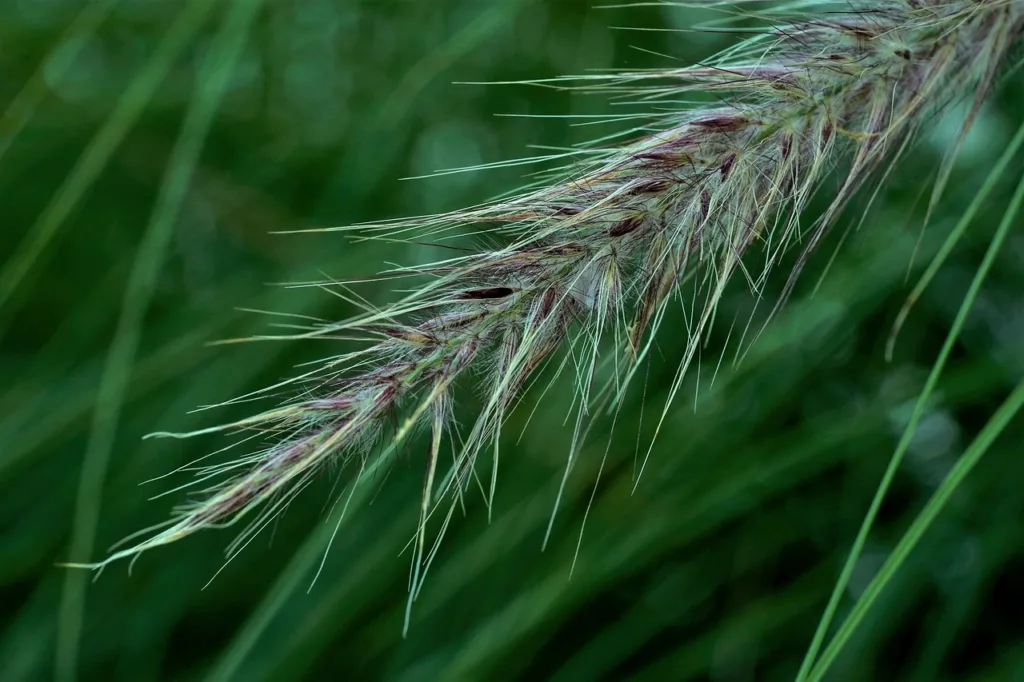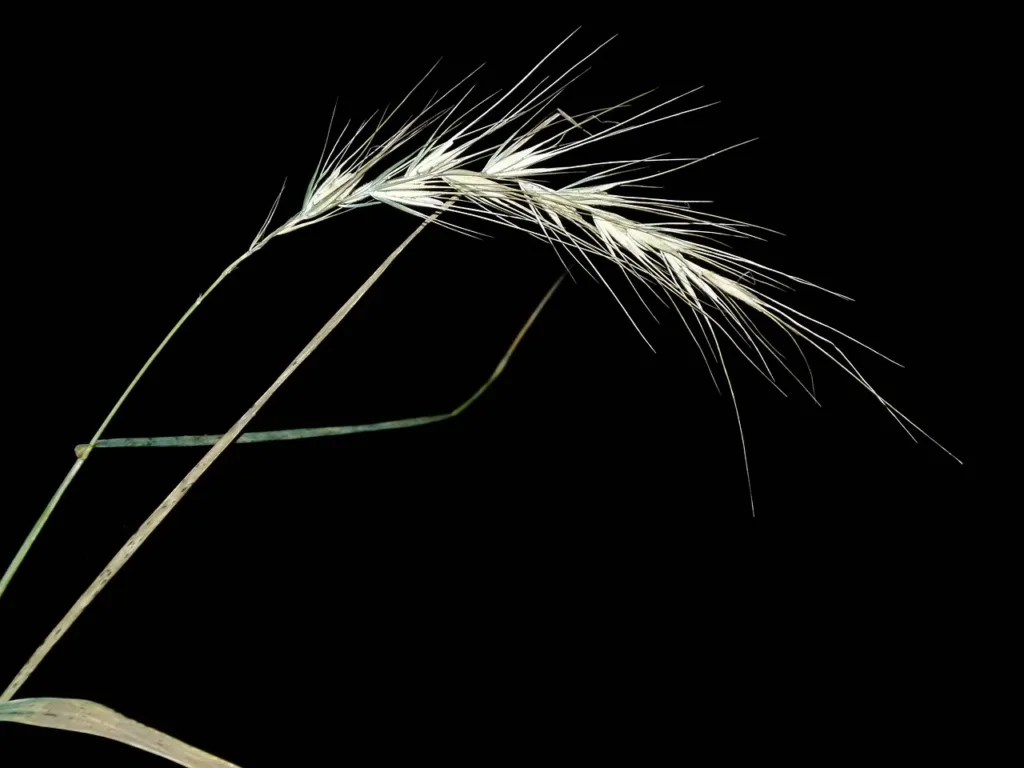Canada rye, scientifically known as Elymus canadensis, is a beautiful native grass that can add a touch of natural beauty to the landscape.
With its arching stems and feathery seedheads, this versatile plant is not only aesthetically pleasing but also beneficial to wildlife and the environment.
If’re interested in learning to grow and care for wild rye, you’ve come to the right place. In this article, we explore everything you need to know about this fascinating plant.
Why Choose Canada Wild Rye?
Before we dive into the nitty-gritty of growing and caring for Canada’s wild rye, let’s take a moment to appreciate why this grass is worth considering.
Here are a few reasons why you might choose Canada wild rye for your landscape:
Ecological Benefits: Canada’s wild rye plays a vital role in maintaining ecological balance. Its deep root system helps prevent soil erosion, making it an excellent choice for stabilizing slopes and stream banks.
Wildlife Habitat: This grass provides a natural habitat for various animals, including birds, butterflies, and small mammals. The seedheads serve as a food source, and the dense foliage creates shelter and nesting sites.
Low Maintenance: Canada wild rye is relatively low-maintenance once established. Its hardiness and adaptability allow it to thrive in a wide range of soil conditions, including clay and poor-quality soils.
Ornamental Value: With its attractive arching stems and delicate seedheads, Canada’s wild rye adds visual interest and a touch of natural beauty to any landscape.
Now that we’ve established why Canada wild rye is a fantastic choice for your garden let’s move on to the practical aspects of growing and caring for this native grass.
| Attribute | Details |
|---|---|
| Scientific Classification | Kingdom: Plantae<br>Division: Magnoliophyta<br>Class: Liliopsida<br>Order: Poales<br>Family: Poaceae<br>Genus: Elymus<br>Species: E. canadensis |
| Common Names | Canada Wild Rye, Canadian Wildrye, Wild Rye Grass |
| Type | Perennial Grass |
| Native Region | North America |
| Height | Typically 2 to 4 feet tall |
| Foliage | Narrow, flat leaves |
| Seed Head | Open, nodding seed head with long awns |
| Habitat | Prairies, meadows, open woodlands, disturbed areas |
| Ecological Role | Erosion control, forage for wildlife, habitat restoration |
| Adaptability | Tolerant of a variety of soil types and moisture conditions |
| Uses | Erosion control, wildlife habitat, forage for livestock, ornamental grass |
| Invasiveness | Generally not considered invasive |
| Cultural Importance | Used in prairie restoration projects, native landscaping |
| Notes | Valued for its ecological role in native plant communities |

Planting Canada Wild Rye
Choosing the Right Location
Canada wild rye is a versatile plant that can tolerate a variety of growing conditions, but it thrives best in full sun to partial shade.
Before planting, assess the site and ensure that it receives at least four to six hours of direct sunlight per day.
Soil Preparation
Prepare the soil by removing any existing weeds or grass. Loosen the soil using a garden fork, breaking up clumps and removing any stones or debris.
Canada wild rye prefers well-draining soil, so consider adding organic matter, such as compost, to improve soil structure and fertility.
Planting Seeds
Canada wild rye can be propagated from seeds. In late fall or early spring, scatter the seeds evenly over the prepared soil.
Gently rake the seeds into the soil surface, ensuring good seed-to-soil contact. Water the area thoroughly, keeping the soil consistently moist until the seeds germinate.
Transplanting Seedlings
Alternatively, you can start Canada wild rye indoors from seeds and transplant the seedlings outdoors once they are about 6-8 inches tall. Use biodegradable pots or trays to minimize root disturbance during transplantation.
Caring for Canada Wild Rye
Watering
Once established, Canada’s wild rye has good drought tolerance. However, during the initial stages and in periods of extended dry spells, regular watering is essential for healthy growth. Water deeply, ensuring the soil is moist to a depth of at least 6 inches.
Mulching
Applying a layer of organic mulch around the base of the plant helps retain soil moisture, suppresses weed growth, and regulates soil temperature.
Use a 2 to 3-inch layer of mulch, such as shredded bark or straw, making sure not to pile it against the stem.

Fertilizing
Canada wild rye typically doesn’t require additional fertilization if grown in fertile soil. However, if your soil is nutrient-deficient, a balanced slow-release granular fertilizer with equal parts nitrogen, phosphorus, and potassium can be applied in early spring.
Pruning
Pruning is generally not necessary for Canada wild rye unless it becomes too dense or starts encroaching upon other plants. If needed, trim back the plant’s height in late winter or early spring before new growth emerges.
Controlling Weeds
Regular weeding is essential to maintain the health and vigor of Canada’s wild rye. Remove any competing weeds by hand, being careful not to disturb the grass’s shallow root system.
Division and Propagation
To propagate Canada wild rye or control its spread, you can divide established clumps every three to four years in early spring.
Dig up the clump and carefully separate it into smaller sections, ensuring each division has several healthy shoots and intact roots.
Pests and Diseases
Canada wild rye is generally resistant to most pests and diseases. However, occasionally, it may be affected by rust or leaf spots. To prevent the spread of diseases, promptly remove and destroy any infected foliage.
Conclusion
Canada wild rye is not only a visually appealing addition to any landscape but also a valuable grass for supporting wildlife and maintaining ecological balance.
Its low maintenance requirements and adaptability make it a suitable choice for various garden settings. Whether you’re looking to establish a natural habitat or add a touch of elegance to your garden, Canada wild rye is a versatile and beneficial plant worth considering.
By following the tips outlined in this article, you can successfully grow and care for Canada’s wild rye, enriching your landscape and creating a haven for wildlife. So, why wait? Start sowing the seeds of beauty and sustainability today!
FAQs
- Is ryegrass native to Canada?
- No, Canada Wild Rye (Elymus canadensis) is not a type of ryegrass. It belongs to a different genus and is a native grass species found in North America.
- How big is Canada wild rye?
- Canada Wild Rye typically grows to a height of 3 to 4 feet (about 0.9 to 1.2 meters).
- What is the color of Canada wild rye?
- The color of Canada Wild Rye can vary, but it often has green foliage.
- What are the roots of Canada wild rye?
- Canada Wild Rye has a fibrous root system.
- Is Canada wild rye seed available?
- Yes, seeds of Canada Wild Rye are available, and it can be propagated from seed.
- Is Canada wild rye invasive?
- Canada Wild Rye is not considered highly invasive. However, its growth characteristics may vary depending on local conditions. It is often used in prairie and meadow restorations for its ecological benefits.

